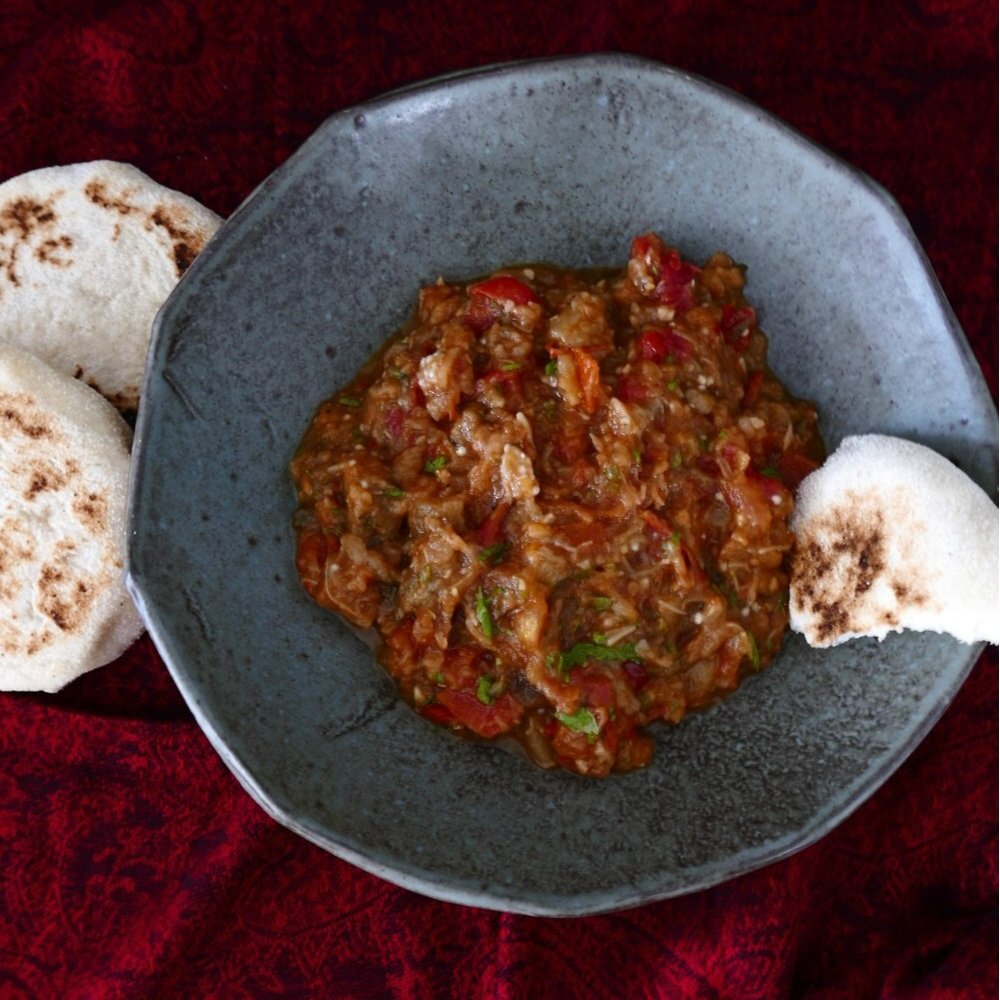The Recipe
Serves: 2 people
Preparation: 5 minutes
Cooking Time: 10-15 minutes
From the invention of the first popcorn machine by Charles Cretor in the 1890s, popcorn became a more accessible snack, where kernels could be popped from a cart by the heat of a gas burner. It was a tasty snack that was both fresh and affordable.
There’s something super comforting about curling up with a big bowl of popcorn, wearing a pair of comfy pants and sitting down to a movie or two. It’s synonymous – popcorn and films, but it wasn’t always that way.
Teosinte was the first corn plant
We could travel back to the beginning – back to over 10,000 years ago in Mexico, where corn was domesticated from teosinte, a Mexican grass with almost no physical resemblance to corn we know of today, yet it had a similar chromosome structure.
What is the difference between popcorn and sweet corn?
Popcorn and sweet corn are two different types of corn plants that should not be confused with one another. A popcorn plant is only one particular strain known as Zae mays everta that is sown and grown in nitrogen rich soil. It is then dried out completely by the sun and is only harvested when the ears have turned brown and the kernels consist of about 16% moisture. Through processing of the kernel by means of storage and then stripping the kernels from the head, the final result is around a 14% moisture content within the kernel and a hard-outer layer that is ready for some popping.
Recent studies have found that Peruvians were enjoying popcorn as a snack around 6,700 years ago. Despite the lack of kitchenware or pots to cook it in, they were roasting it over an open fire until the kernels burst and billowed out a white mushroom looking interior.
Teosinte
Credit; Matt Lavin, CC BY SA 2.0 (eos.org)
Recent studies have found that Peruvians were enjoying popcorn as a snack around 6,700 years ago. Despite the lack of kitchenware or pots to cook it in, they were roasting it over an open fire until the kernels burst and billowed out a white mushroom looking interior.
If we fast forward to the 1800s, popcorn was a common snack at outdoor fairs and carnivals, however it did take some time before it moved into the movie theatres. At these outdoor events, popcorn was made in wire baskets over open fires. Opera, theatre and the cinemas were known as more upmarket venues and popcorn took some time to find its way into the foyers of these venues.
From the invention of the first popcorn machine by Charles Cretor in the 1890s, popcorn became a more accessible snack, where kernels could be popped from a cart by the heat of a gas burner. Despite vendors not being allowed into the cinemas with their popcorn carts, they were extremely popular as movie goers would purchase their bag of popcorn before watching the movie. It was a tasty snack that was both fresh and affordable.
Popcorn Cart, 1900s
Credit: www.mypopcornkitchen.com
The United States succumbed to the Great Depression in the 1930s and taxes were high on candy and soda, allowing popcorn to be a more affordable yet still indulgent treat at the cinema. Popcorn became identified as the most popular snack to have at the movie theatres which led to the development of many types of flavoured popcorn recipes, both sweet and savoury.
From Christmas tree decorations, to bottomless bowls of the white, fluffy, crunchy stuff in cocktail bars to giant boxes in the cinema that are never finished, popcorn has had quite the history but it is definitely a snack that is loved by all and is here to stay.
Here’s a simple, umami packed snack that is just for that latest Netflix series or movie you are going to watch tonight.
THE INGREDIENTS
POPCORN
2-3 tbsp vegetable oil
1 tsp salt
85g popcorn kernels
NORI SALT
10g dried shiitake mushrooms
10g smoked sea salt flakes
15g roasted nori/seaweed
THE METHOD
Popcorn
In a large heavy based saucepan, throw in the oil, salt and corn kernels
Stand by with a lid before the popping begins
Over a medium-heat, while the oil is heating up, place the lid on the saucepan and move in a circular motion ensuring all the kernels are covered in salt and oil.
As the popping begins, keep the circular motion of the saucepan with lid held firmly in place. When the popping stops, take off the heat and place in a large bowl that will nestle nicely upon your lap. Sprinkle generously with the nori salt, put your feet up, turn on that Netflix and crunch away to your hearts content.
Nori Salt
Blend the shiitake mushrooms to a fine powder and sieve to remove any large pieces. Aside.
Blend the salt to a coarse grind and the seaweed slightly finer
It’s good to blend the ingredients separately as they are different textures to begin with.
Mix all the blended ingredients together and store in a sealed glass jar.










